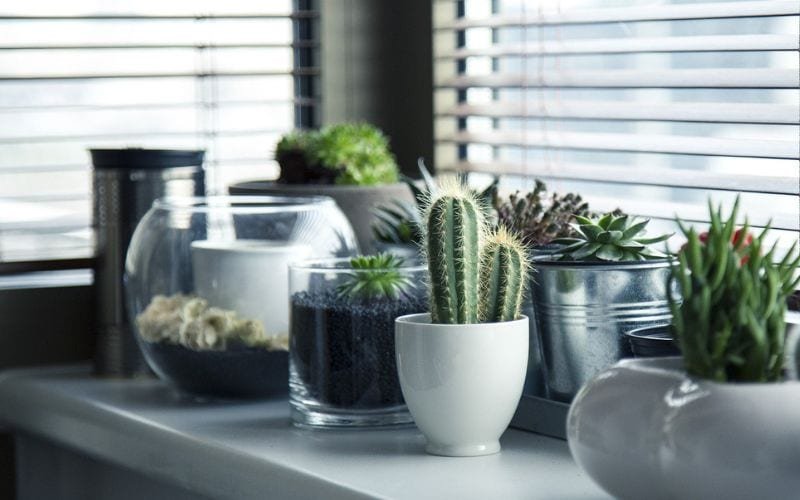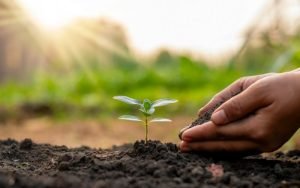Root rot refers to the death of the outer layer of the root tissue, the epidermis, which then takes away the plant’s ability to absorb nutrients from the soil. It is a common yet serious condition affecting plants, caused primarily by overwatering and poor soil drainage that leads to the growth of fungi such as Pythium, Rhizoctonia, or Phytophthora. This disease rots the roots and impedes their ability to absorb water and nutrients, often resulting in wilting, yellowing leaves, and in severe cases, plant death.
A lesser-known fact about root rot is that it can also be caused by under-watering a plant. Sometimes, when we stop watering the plant past its tolerance to drought, it causes the roots to dry out completely thus damaging its epidermis. When you water a plant at this stage it causes the root to rot, inviting fungi to grow on it.
Signs of Root Rot
Usually, the earliest signs of root rot show in the root itself, but since it is not likely that you would uproot the plant at this stage, it will spread and show in other ways:
Early Signs of Root Rot
1. Yellowing Leaves
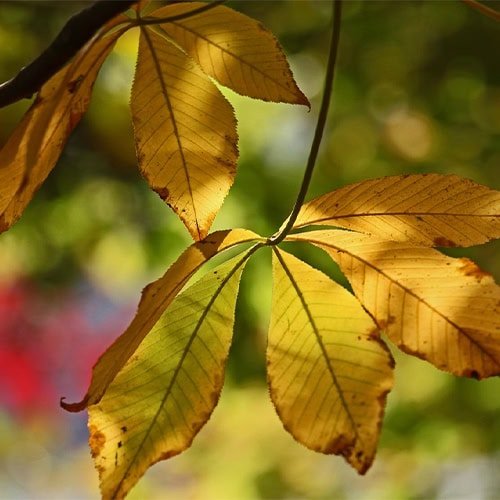
Since the infection starts from the roots and spreads up, you will notice the lower leaves turn yellow while the upper leaves remain green. The yellowing also starts from the center, around the axil to the veins before the entire leaf becomes yellow and falls off.
2. Wilting
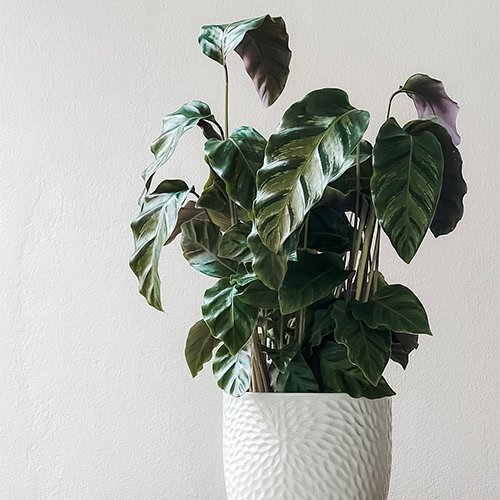
Sometimes, plants wilt because of under-watering. When plant parents see this, they tend to water their plants. But once the root loses some ability to absorb nutrition it causes the leaves to wilt. When you water it during this time, it will further aggravate the root rot.
If you see your plants wilt, always check the soil. If the soil is wet and the plant is wilting, that’s when you know the plant is wilting because of root rot.
3. Slow Growth
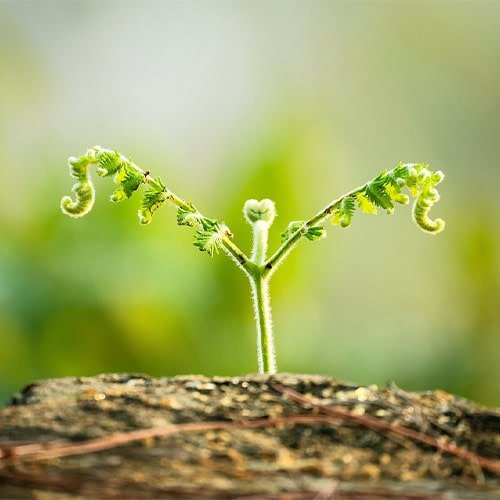
A plant with root rot has lost some ability to provide nutrition to its leaves and stems. Hence you will notice stunted growth.
Advanced Signs
1. Foul Smell
As the rot advances, you will notice a decaying, unpleasant odor from the soil or root area of the plant.
2. Leaf Drop
The drooping leaves will fall off, starting from the bottom, and going upwards.
3. Poor Drainage
Since the roots are not able to absorb the water, you will notice the tiny puddle of water on the top of the soil before it soaks through.
How Can We Prevent Root Rot?
Root rot is a scary yet common condition that happens to plants. Plants that are drought-resistant, like snake plants, rubber plants, Jade, etc, are more susceptible to root rot. Their roots hold and store water to sustain the prolonged period of dryness in the soil that they are used to. Over-watering these plants may increase the chances of root rot. Always assess the soil before watering plants, while some plants are fine with a little moisture around the roots before their next watering, drought-resistant plants need the soil to be completely dry before the next watering session.
Always deep water the plants and drain out the excess. Make sure the water seeps out from the other end of the plant when you water. This makes sure that all the roots receive water so that they don’t dry out and become susceptible to damage.
Make sure the plant is in well-draining soil. Some plants require moisture-wicking soil so you can add cocopeat. However, make sure you use cocopeat in moderation, especially for drought-resistant plants. If the moisture sits in the soil bed for too long it may cause root rot.
Monitor the soil’s drainage. Over time it is normal for the top layer of soil to harden and cause a bit of drainage problems. Consider aerating the topsoil with a hand trowel every month to aerate the soil.
What Does A Healthy Root Look Like?
Healthy roots are usually white and firm to the touch with clear strong tips at the bottom. Some types of growing medium like Leca or coir naturally stain the root and some plants, like soybean, some types of anthuriums etc, have redder roots. But for the most part, you would be able to tell apart a healthy root just by looking at it. Healthy roots can feel a lot like hay when you touch them, although the soft and new roots will be more delicate.
A tip of caution: Although healthy roots feel tough, you must handle them delicately. They are not built for conditions above the soil and rough handling can damage its outer layer.
What Does Root Rot Look Like?
An unhealthy root, on the other hand, has lost its structure. If you pull at a rotten root, the outer layer should easily come off exposing a thin inner thread. A foul smell characterizes root rot – one that is not hard to miss when you uproot a plant.
Steps to Address Root Rot
Although root rot can be fatal to the plant, it can be treated if you address it in time. Unfortunately, root rot cannot go on its own. The best and most effective way is to remove the plant from the soil and wash the roots.
Examine the roots and only remove the parts that have been affected. You can remove a bit of the healthy root attached to the infected root for good measure. But do not cut more than you should.
Once you are sure that you have taken care of all the infection, you should dip the roots in a hydrogen peroxide solution in a 2:1 ratio; 2 parts being water and 1 part being hydrogen peroxide. This solution will sterilize the roots and protect them from getting more infection. Rinse the roots thoroughly making sure all the roots have a good coating.
If you don’t have hydrogen peroxide, you can substitute it with bleach. You need about 4 drops of bleach for 1 liter of water.
Once you are done with the washing process, it is time to re-pot the plant. Ideally, you shouldn’t re-pot the plant in the same pot as it may still have the bacteria and fungi that attacked the roots. Change the pot and use a new potting mix to keep your plant safe.
Cinnamon is believed to be an excellent anti-fungal. So, although it is not compulsory you can sprinkle some cinnamon powder onto the pot.
If you choose to use the same pot, wash it and disinfect it before adding new soil to it. You should, under no circumstances, use the same soil to repot the plant.
Remember that losing some of its root system and being repotted puts the plant under a lot of shock, so avoid doing anything to put further strain on the plant for the next few days. Keep the plant in the shade for a few days and avoid fertilizing the plant. Do not water the plant for 2 days either. Once the plant seems firm in its new pot you can introduce it to the sun, and water based on the specific requirements of the plant.
Cutting off a part of the top plant will also benefit the plant. It might seem a little counterproductive to cut off the healthy leaves and stems off the plant, but remember the smaller root system is not equipped to handle a bigger plant. Reducing a similar portion of what you cut from the roots will increase the plant’s chances of survival. If the newer plant is visibly smaller than what it was before, consider repotting the plant to a smaller pot.
Conclusion
Early detection and prevention of root rot are crucial for maintaining plant health. By understanding the signs and employing effective prevention techniques, you can protect your plants from this destructive condition, ensuring they thrive in a healthy, well-balanced environment. Regular monitoring and proper plant care are essential to ward off root rot and keep your garden flourishing.





